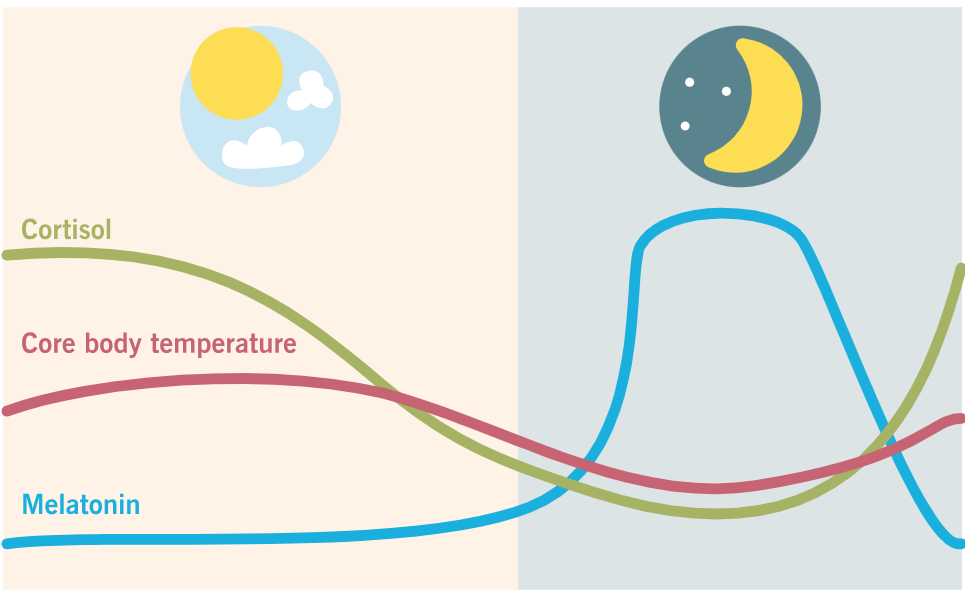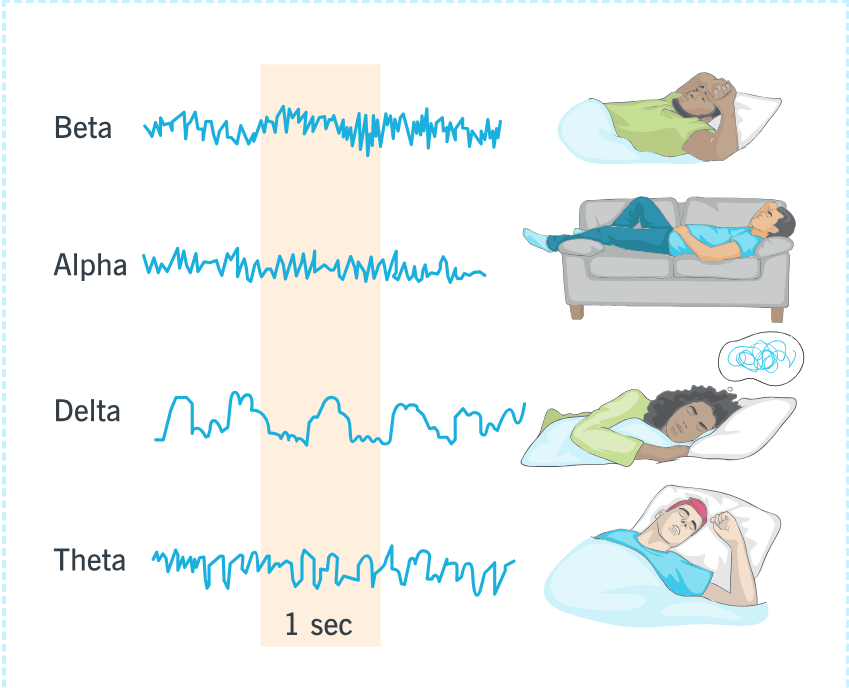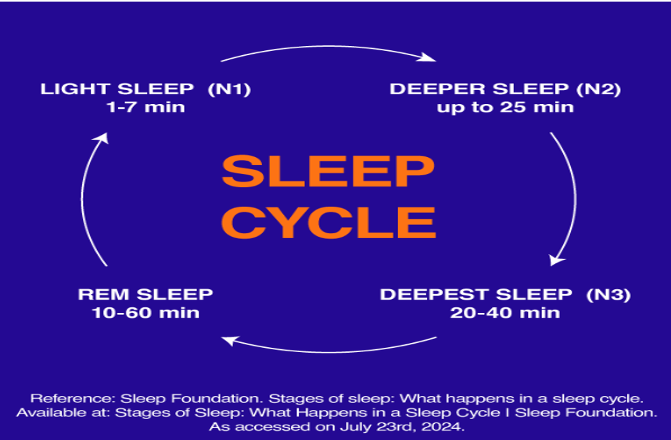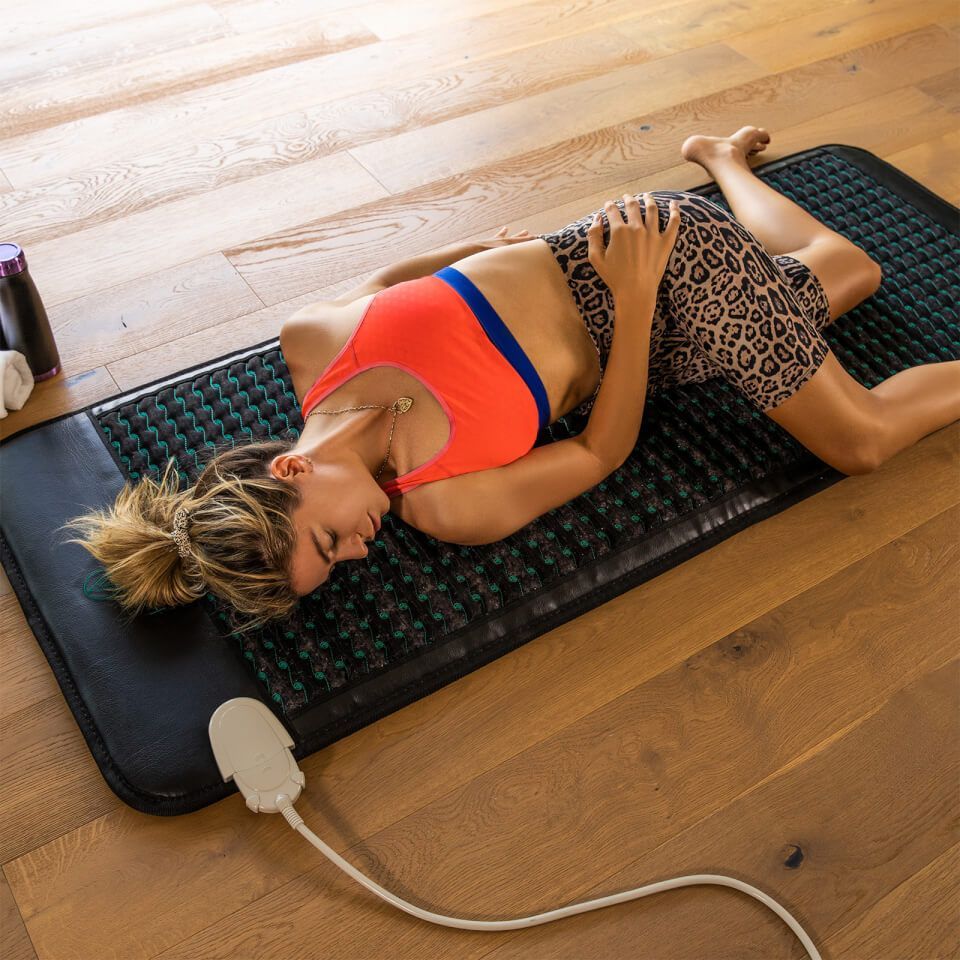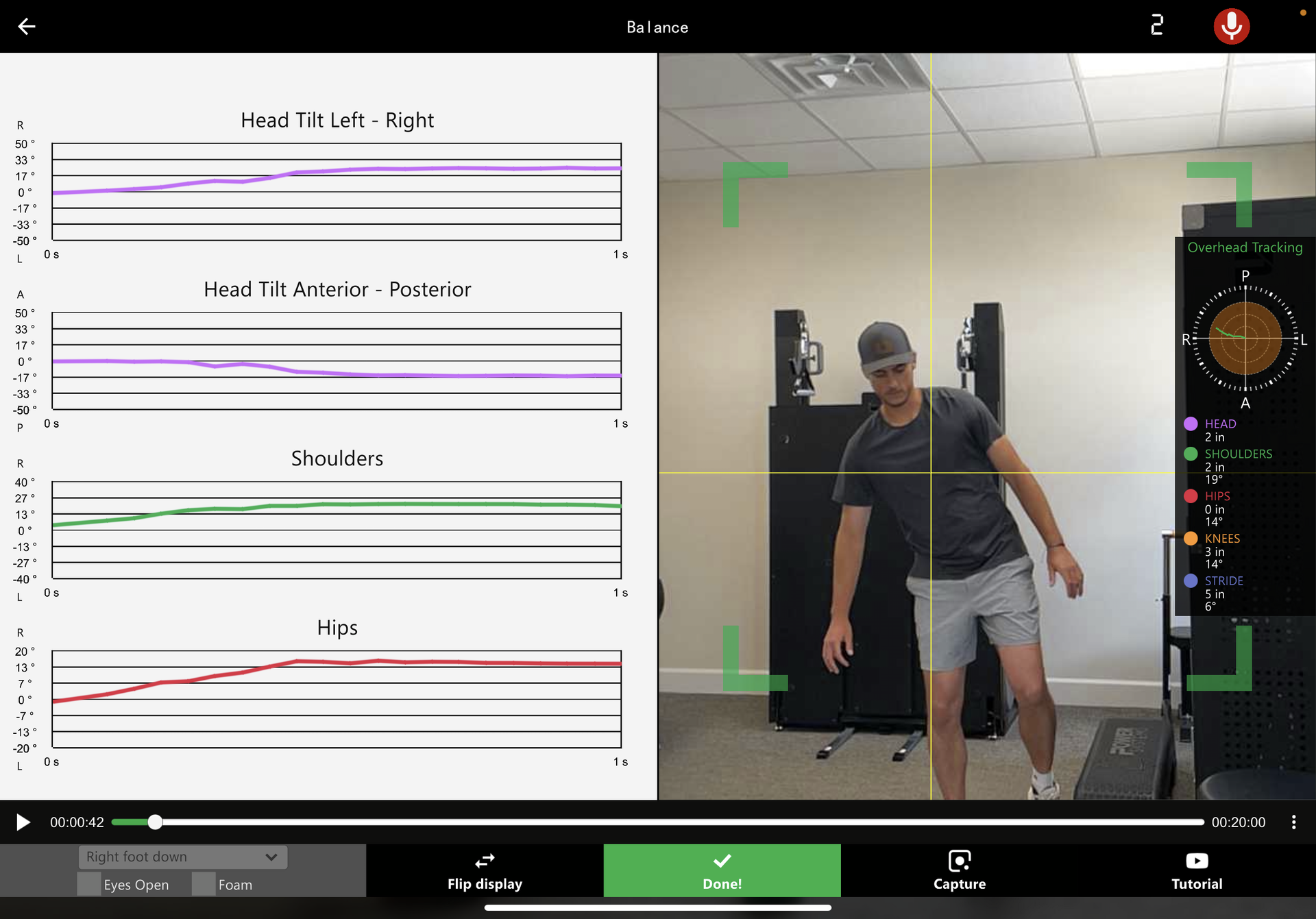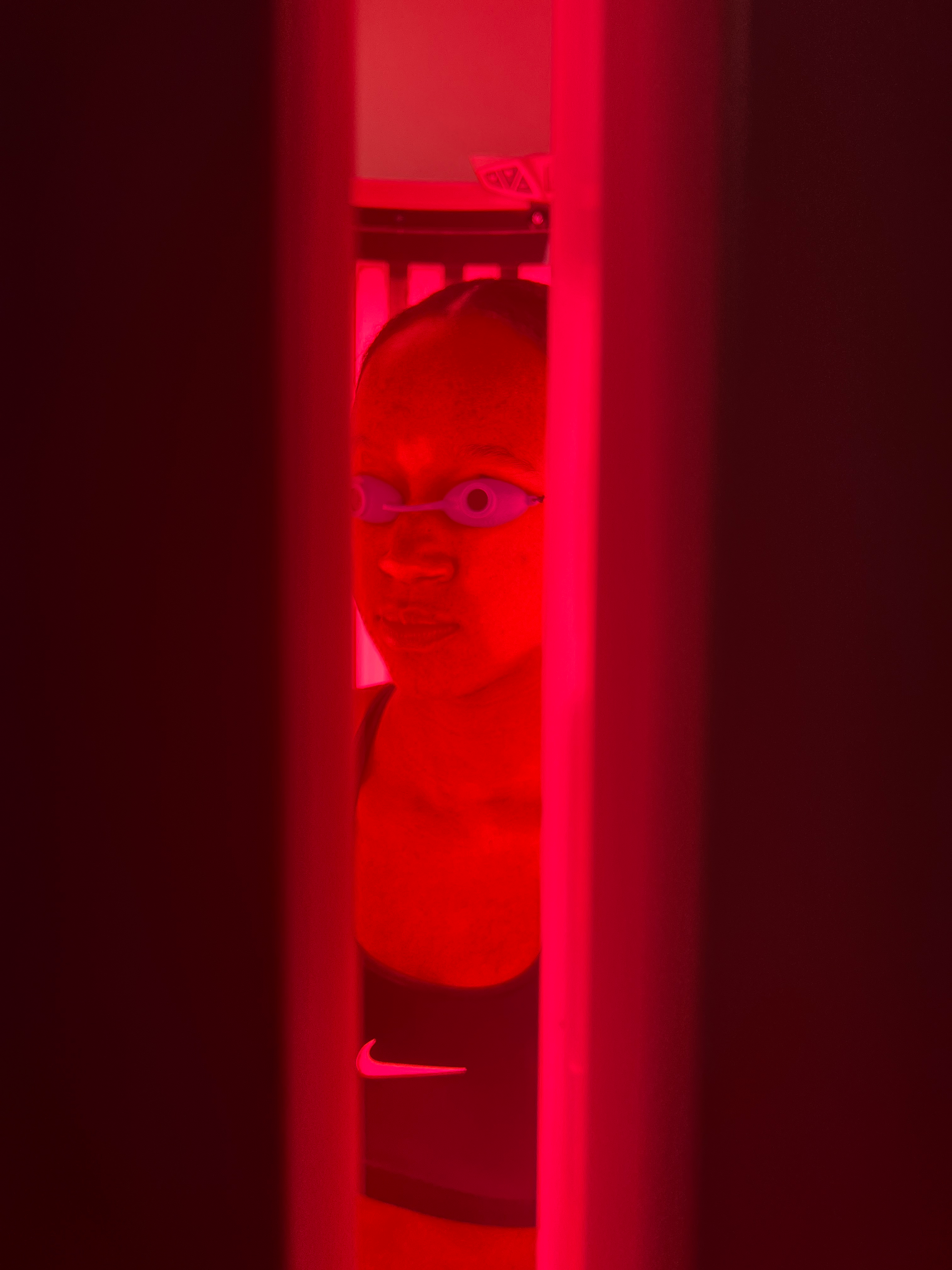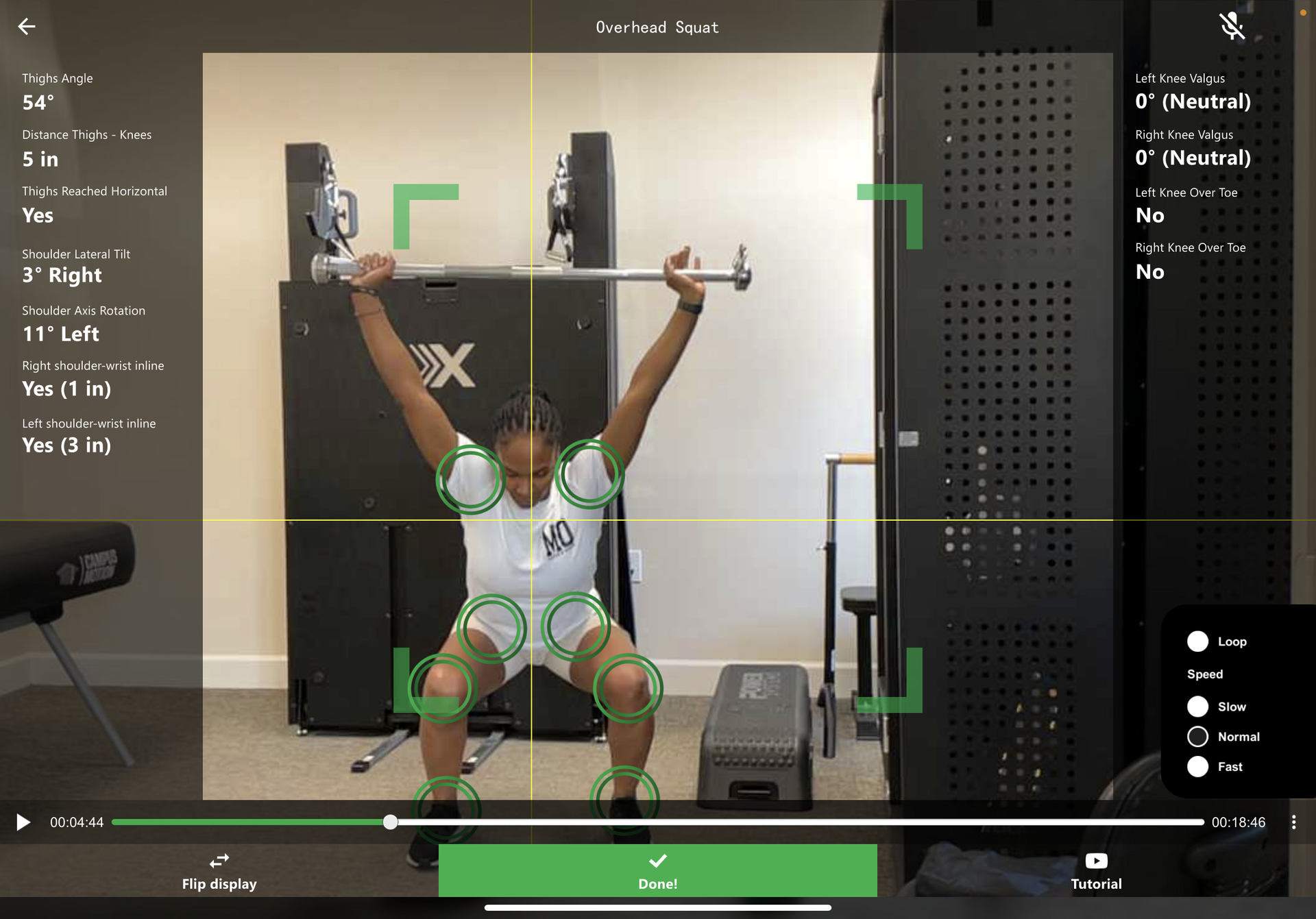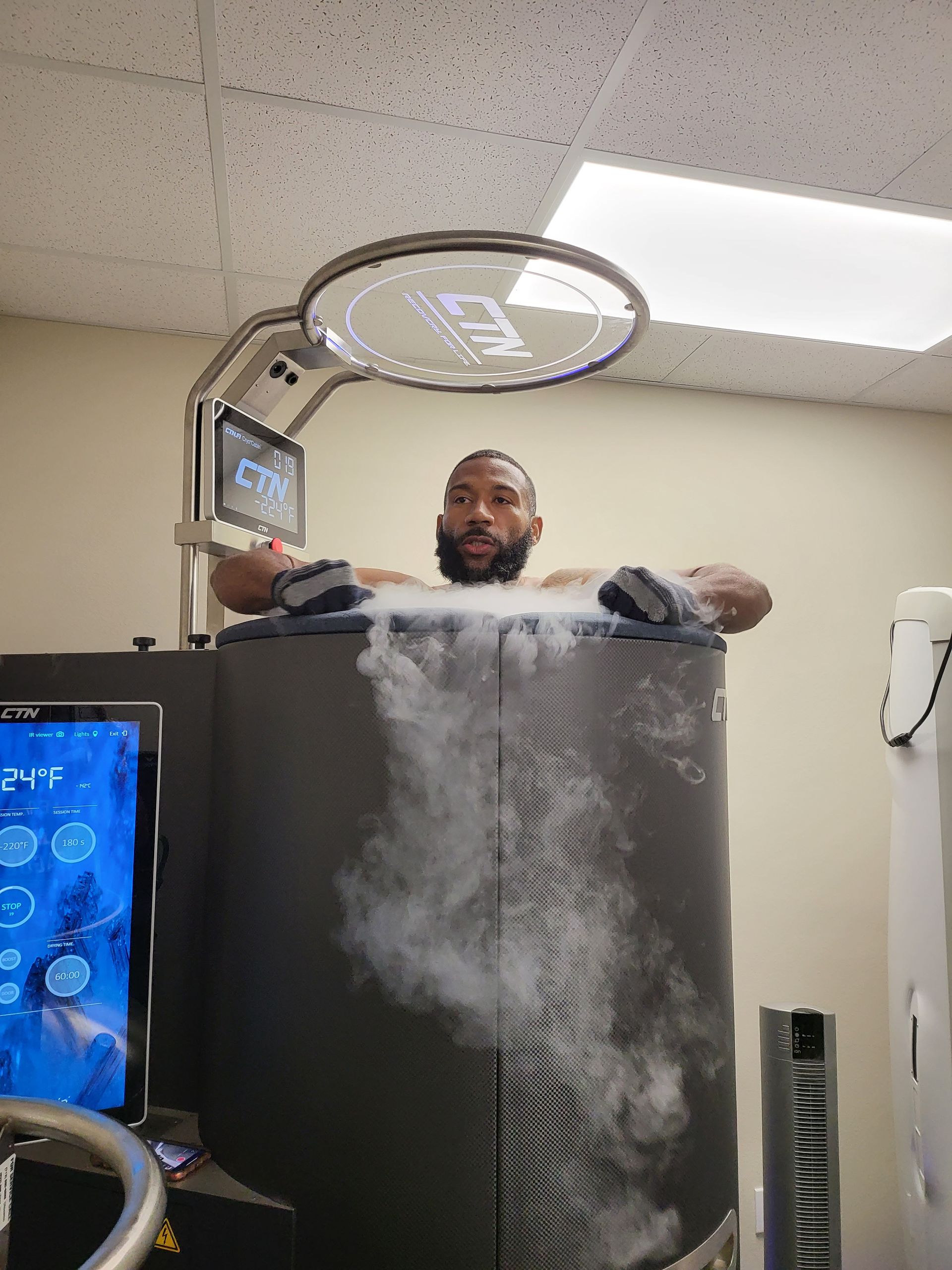Post-Injury 101: The Danger of Returning to Sports Too Soon
When should you hit the field again post-injury? Read this guide to understand when and the dangers of returning too soon into your recovery.
If you compete at a high level, it's likely that you will be faced with the possibility of injury. In the U.S. alone, over 30 million children and teens compete in organized sports. Of those participants, more than 3.5 million will experience injuries every year.
It's easy to push these injuries to accelerate recovery. After all, many of us feel as if our window for athleticism is a small one, and any wasted time keeps us from doing what we love.
In actuality, pushing your post-injury recovery faster than you should could result in worsening the injury. It's the worst-case scenario for serious athletes.
So, what are the common sports injuries and how do we know when they're healed enough to return? Read on for our recommendations.
Common Sports Injuries
While some injuries are dependent on the sport, there is a handful seen most often in sports medicine. These are the ten most common sports injuries, regardless of activity type.
Patellofemoral Syndrome
Patellofemoral syndrome is recognized by pain at the front of the knee, around the kneecap. This is your patella.
Also called "runner's knee," this injury is most common in athletes who are constantly running or jumping.
Shoulder Injury
Athletes who are often throwing or taking impact to their body may experience a shoulder injury. Shoulder injuries most often include:
- Shoulder instability
- Rotator cuff tear
- Frozen shoulder
- Shoulder strain
These overuse injuries should always be treated by a specialist.
Tennis or Golf Elbow
"Tennis" or "golf elbow" are two different types of epicondylitis, an inflammation of tendons that attach to the elbow. Tennis Elbow affects the outside (lateral) epicondyle. Golf Elbow affects the inside (medial) epicondyle.
With the repeated use of the elbow or forearm areas, athletes may notice pain radiating from the outside of the elbow to their forearm and wrist. Stiffness or soreness when lifting the wrist and hand is also common. Both scenarios require a great deal of rest and recovery.
Hamstring Strain
A pulled hamstring or hamstring strain occurs when the hamstring muscle is stretched too far and begins to tear.
This injury can vary from a mild experience (short recovery time) or a severe tear that requires survey and crutches for an extended amount of time.
Sciatica
Sciatica refers to extreme pain that radiates down the sciatic nerve. This nerve branches from the lower back through the hips and buttocks and down each individual leg. Usually, sciatica affects only one side of the body-- this will vary depending on the cause of the case of sciatica.
Sciatica is usually caused when an athlete's herniated disk or bone spur in the spine puts pressure on the nerve. This also may be caused by injury to the spine, disc herniation, and spinal disc degeneration.
Shin Splints
Some shin splints can be so severe that it becomes extremely painful to walk or run. They occur when an athlete's muscles, tendons, and bone tissues are overworked.
If you have recently changed your training routine or increased the intensity, you may experience shin splints. They most often occur:
- After an intense running program (especially hill-running)
- Doing exercise with frequent stops and starts like dancing, basketball and soccer
Rest, ice, compression, and elevation can help with shin splints. This injury requires a great deal of recovery in order to avoid a painful flare-up.
Groin Pull or Tear
A groin pull is diagnosed after one of the muscles of the inner thigh gets stretched or torn. If you're putting too much stress on your groin and thigh, a groin pull or tear is inevitable. They are most common in athletes who play sports such as:
- Soccer
- Football
- Hockey
A thorough physical evaluation is necessary to determine the degree of severity. A groin pull will usually heal on its own with enough time and rest.
Concussion
A concussion is a traumatic brain injury that impacts brain function. They're almost always caused by a hard blow to the head and are most common in sports like:
- Football
- Soccer
- Hockey
- Lacrosse
- Cheerleading
As time goes on, we're learning more and more about traumatic brain injury and its impact on the rest of the body. In response to a brain injury, the body may experience symptoms such as:
- Headache
- Confusion
- Lack of coordination
- Memory loss
- Nausea
- Vomiting
- Dizziness
- Ringing ears
- Fatigue
Athletes will often try to rush their healing process once their headaches and other symptoms improve; however, time away from a sport is the most
ACL Tear or Strain
An ACL injury is a tear or sprain of the anterior cruciate ligament. This ligament connects the thigh bone to the shinbone.
During an ACL injury, a loud "popping" sound or sensation may occur, and pain will increase around the knee area.
Treatment usually involves rest and physical therapy. Severe cases of an ACL injury often require surgery to replace the torn ligament.
Hip Flexor Strain
Overused hip flexors can result in a hip flexor strain diagnosis. The area around an athlete's hip becomes painful and inflamed.
This is usually an overuse injury that most often occurs in sports like dance, lifting, martial arts, track & field, bicycling, and soccer.
The Risk of Rushing Recovery
Often a simple injury can become a long-term issue that needs extensive care or surgery if the initial recovery recommendations are rushed. The more times you injure a muscle, the more likely that weak scar tissue and intrusive adhesions will develop in that area. Eventually, scar tissue might grow in the place of the original muscle tissue, which permanently alters the flexibility and strength of the injured muscle.
Rushing concussion recovery may result in permanent brain damage.
If part of your treatment plan includes surgery, you'll need to be extremely diligent with your post-op physical therapy plan and a multi-month recovery program. Athletes are extremely susceptible to re-injury after surgery, so don't skip any steps here.
At the end of the day, working with a qualified physical therapist and health provider will ensure you're taking the appropriate amount of time to allow your body to heal. Waiting too long may lead to unnecessary de-conditioning, so collaborate with your recovery team to ensure you're doing enough to stay in shape.
Post-Injury Recommendations
How will you know when it's time to return? Connect with your health care provider and discuss the following criteria:
- Is your movement pain-free?
- If a lower-body injury, can you bear your full weight on the injured hip, knee, or ankle without limping?
- If an upper-body injury, can you make a throwing movement with good form without pain?
- Is there swelling or inflammation?
- Do you have a full range of motion?
- Is your strength full or close to 90%?
Once you can check off all of these boxes and receive the green light from your health provider, try not to hit the ground running at full speed (pun intended). Be mindful of your movements in the first couple of weeks back, and stop immediately if the original pain persists.
How to Support Injury Recovery
Does the image of getting back to competing seem like a far-off fantasy? Consider these aspects to support and speed up your recovery:
- When speaking with yourself and medical providers, be honest about your pain and your abilities
- Focus on strength building to recover and improve your performance on the field
- Listen to your body and do not ignore any pain or limitations as a way to speed up the process
- Take things slowly, as recovery takes time
- Pay close attention to form and be mindful of how you are moving
- Participate in an injury recovery program
- Stay in shape while you're in recovery, but don't push beyond what is healthy— exercising 3-4 times a week is recommended, as long as they're approved exercises
- Try strategies to release tension and encourage blood flow, including foam rolling, cupping, and professional massage appointments
We know that recovery can be frustrating. Talk to an expert and find ways to keep yourself healthy while you're waiting for your body to be back to 100%.
Get Back on the Field
Proper post-injury recovery is essential to getting back to doing what you love. Pushing it too quickly may result in the end of the game. Take the proper steps to heal, become stronger, and prevent nasty re-injury.
To stay ahead of the pack, work with the best sports medicine experts in the business. If you have recently recovered from an injury and want to ensure you are ready to play, against peers of the same age, gender, sport, and level of competition, it's time to do the work. Check out the Return To Sport (RTS) Program today.
